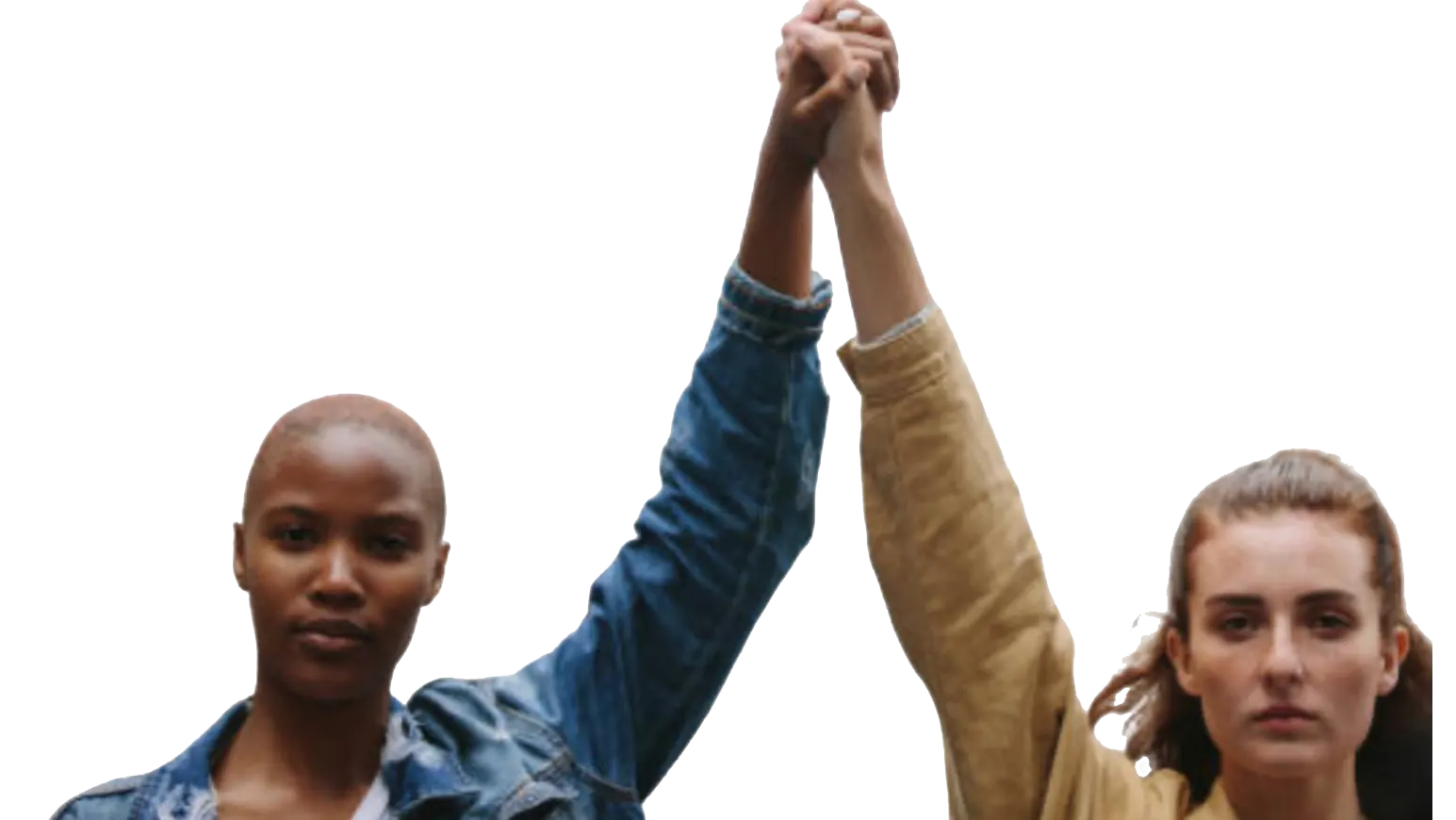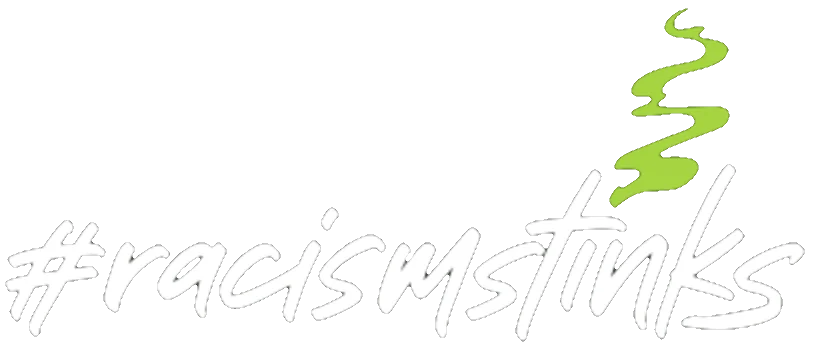DIVERSITY
Diversity has become a common household term, but some people still don’t understand the actual definition and why it is so important to understand. Diversity is often used when discussing the workplace, but surrounding yourself with others that are different from you should be a part of everyday life. Discrimination is the opposite of diversity and has been a problem in the workplace over the years.
What Is
DIVERSITY
Diversity is what makes each of us unique, including our backgrounds, personality, life experiences, race, sexual orientation, gender, spiritual beliefs and more. Everything that we have experienced in life makes us who we are. These experiences and beliefs shape our worldview and our perspective, making us completely unique.
In the workplace, diversity is celebrated, and building a diverse company, or being an equal-opportunity employer, has zero room for discrimination. To be a truly diverse company, management cannot discriminate against protected characteristics, and being diverse can lead to new ideas, creativity, brand building, and more satisfied and productive employees.
It’s also the right thing to do.
To be clear, having a diverse company with people from all walks of life is not mandatory or even a law, but building diverse teams can add to the overall success of your business by utilizing a wide range of varying life experiences and opinions.
It’s the same in life. Having a diverse support group, or accountability group, around you can add to the quality of your life. You will be blessed with a huge range of human differences and political beliefs that you might not have been exposed to by isolating yourself only with people that look and think the exact same way you do.

4 Types OF
DIVERSITY
There are four different types of diversity — internal, external, organizational, and worldview — and you should aim to represent them all.
Internal Diversity
These are characteristics or situations someone is born into. These are things that someone did not choose for themselves and are impossible for anyone to change.
Here are some examples of internal diversity:
- Race
- Ethnicity
- Age
- National origin
- Sexual orientation
- Cultural identity
- Assigned sex
- Gender identity
- Physical ability
- Mental ability
External Diversity
External diversity is defined as characteristics or situations that a person was not born with. External diversity is heavily influenced by our surroundings, family, location, life experiences, and socioeconomic status.
Some examples of external diversity include:
- Personal interests
- Education
- Appearance
- Citizenship
- Religious beliefs
- Location
- Familial status
- Relationship status
- Socioeconomic status
- Life experiences
Organizational Diversity
Organizational diversity, or “functional diversity,” relates to the differences between people within a workplace that distinguish one employee from another.
Here are some examples of organizational diversity:
- Job function
- Workplace
- Management status
- Employment status
- Salary
- Seniority
- Union affiliation
Worldview Diversity
Worldview diversity can change with time. We conceptualize the world differently as we experience more in life and learn more about ourselves and each other.
There are still nuances within our worldviews, but some examples include:
- Political beliefs
- Morals
- Outlook on life
- Epistemology


BECOME AN ALLY
An ally is someone who is more than a non-racist person, an ally is a person who takes part in activities actively working to demolish racism. An ally is not a spectator, an ally knows they’re not a savior but a supporter taking direction from the directly effected. An ally takes proactive steps to challenge racism in their sphere of influence and beyond.
REMEMBER: IT TAKES US ALL
Together, we will change the world.
Contact us today to find out how you can get involved with #racismstinks.




